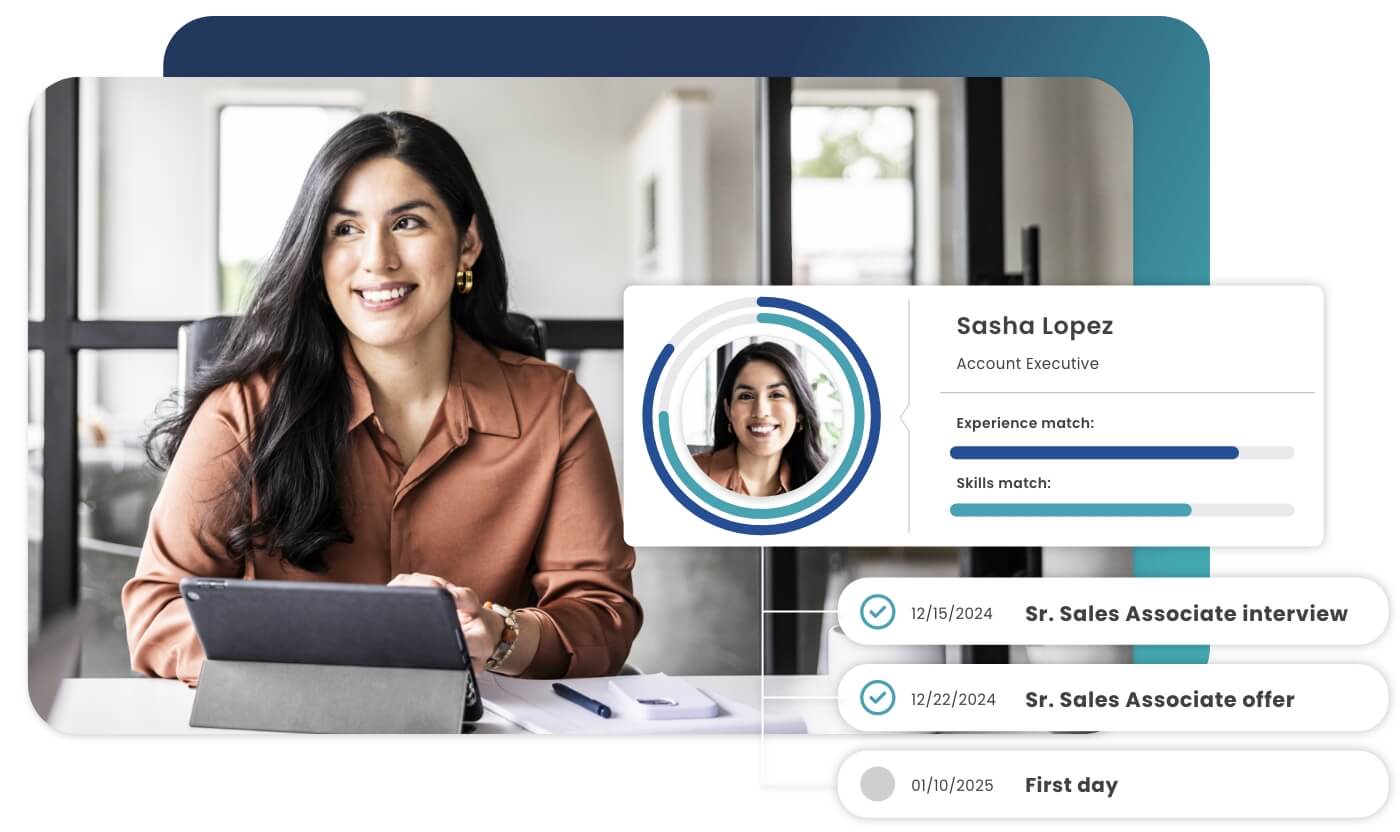

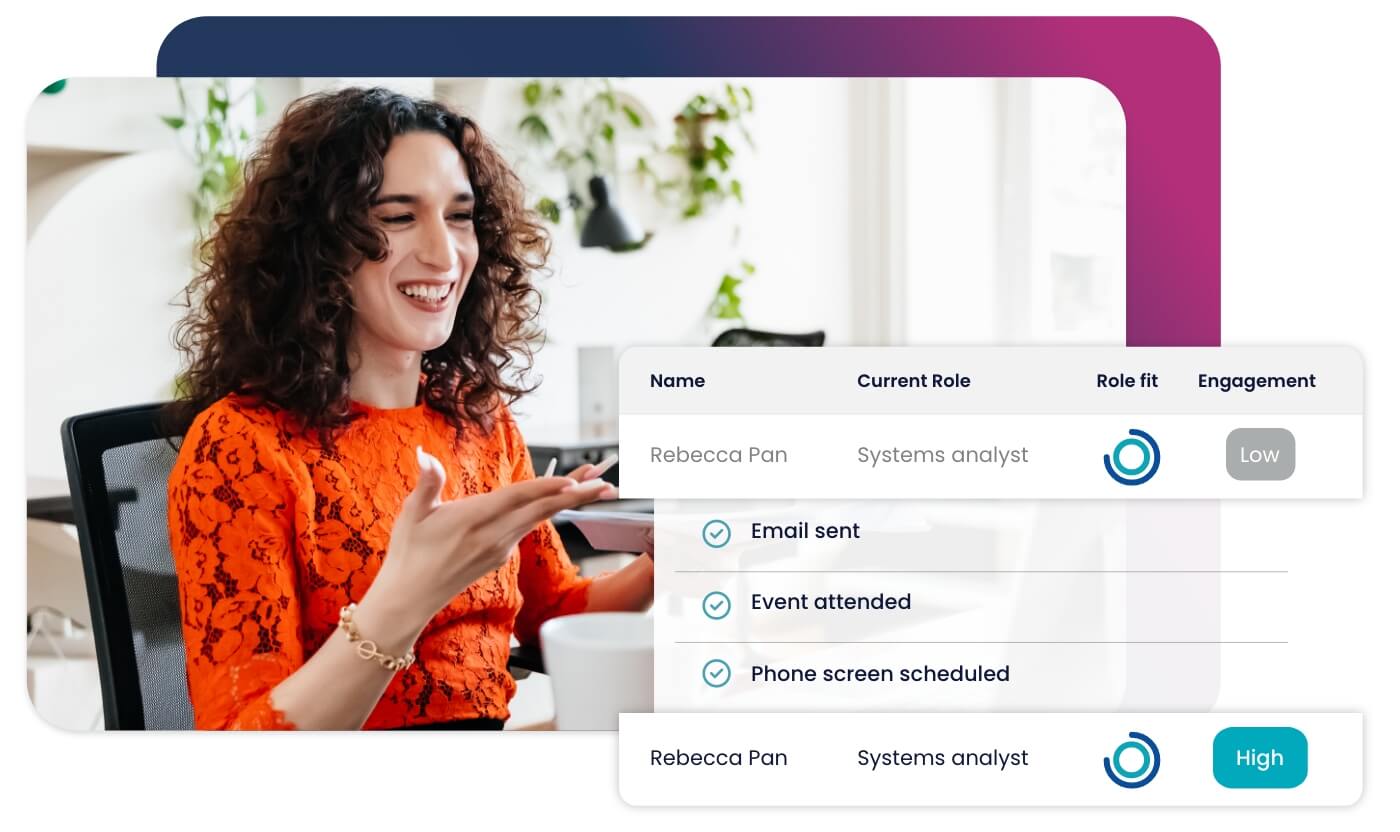
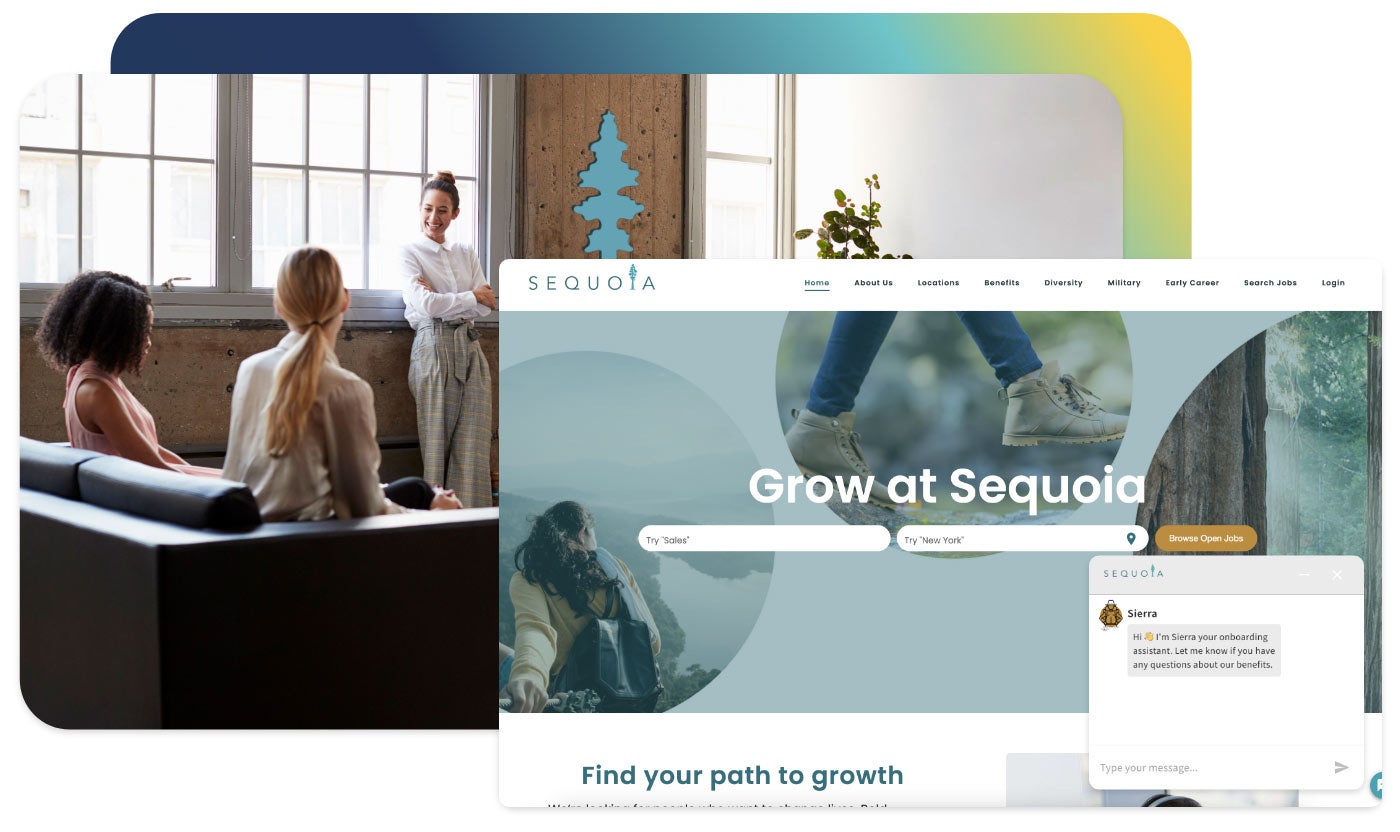


Accelerate hiring key talent to deliver care and exceed patient satisfaction.

Attract skilled candidates, speed up hiring and grow expertise in your workforce.

Simplify recruiting finance and banking talent with a platform for hard-to-fill roles.


Build a talent pipeline that engages and drives your business forward.


See how diverse and global enterprises use iCIMS to employ millions, drive innovation and connect communities worldwide.

Learn how a beloved restaurant hires 40,000+ annually with a great candidate experience.
Uncover unique market insights, explore best practices and gain access to talent experts across our library of content.


View press releases, media coverage, the latest hiring data and see what analysts are saying about iCIMS.


Streamline your tech stack and take advantage of a better user experience and stronger data governance with ADP and iCIMS.
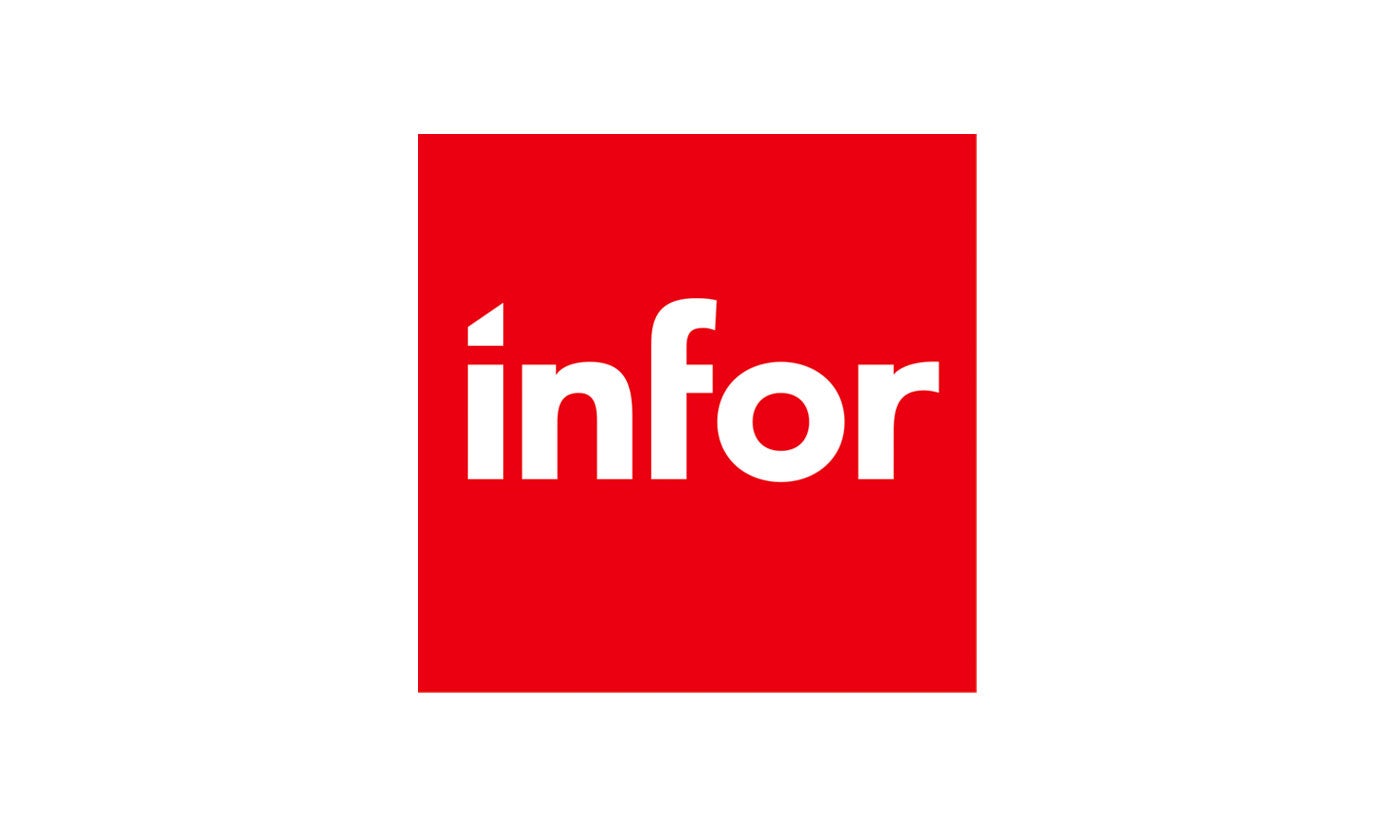
The combined power of iCIMS and Infor helps organizations strategically align their business and talent objectives.
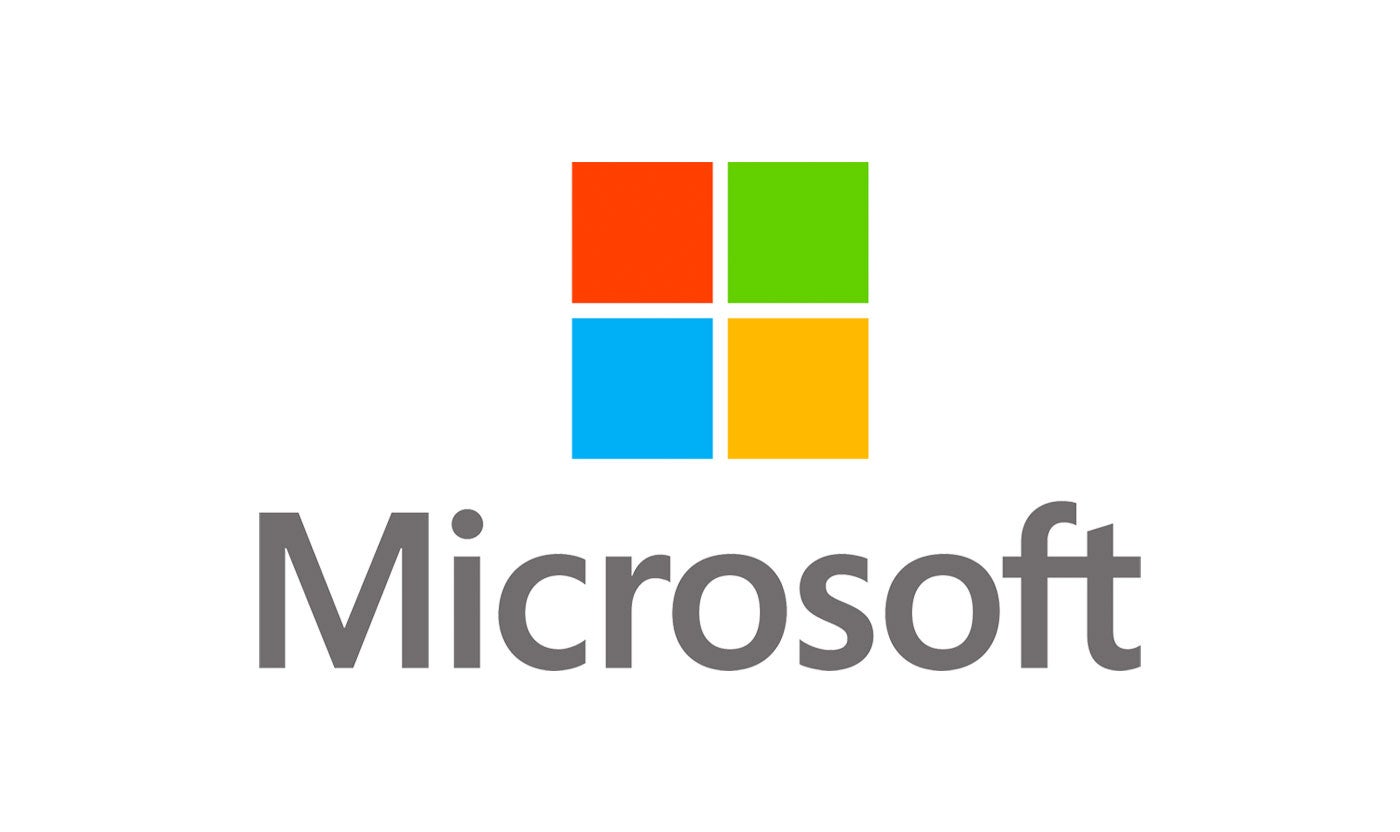
Our award-winning partnership with Microsoft is grounded in a shared desire to transform the workplace and the hiring team experience.
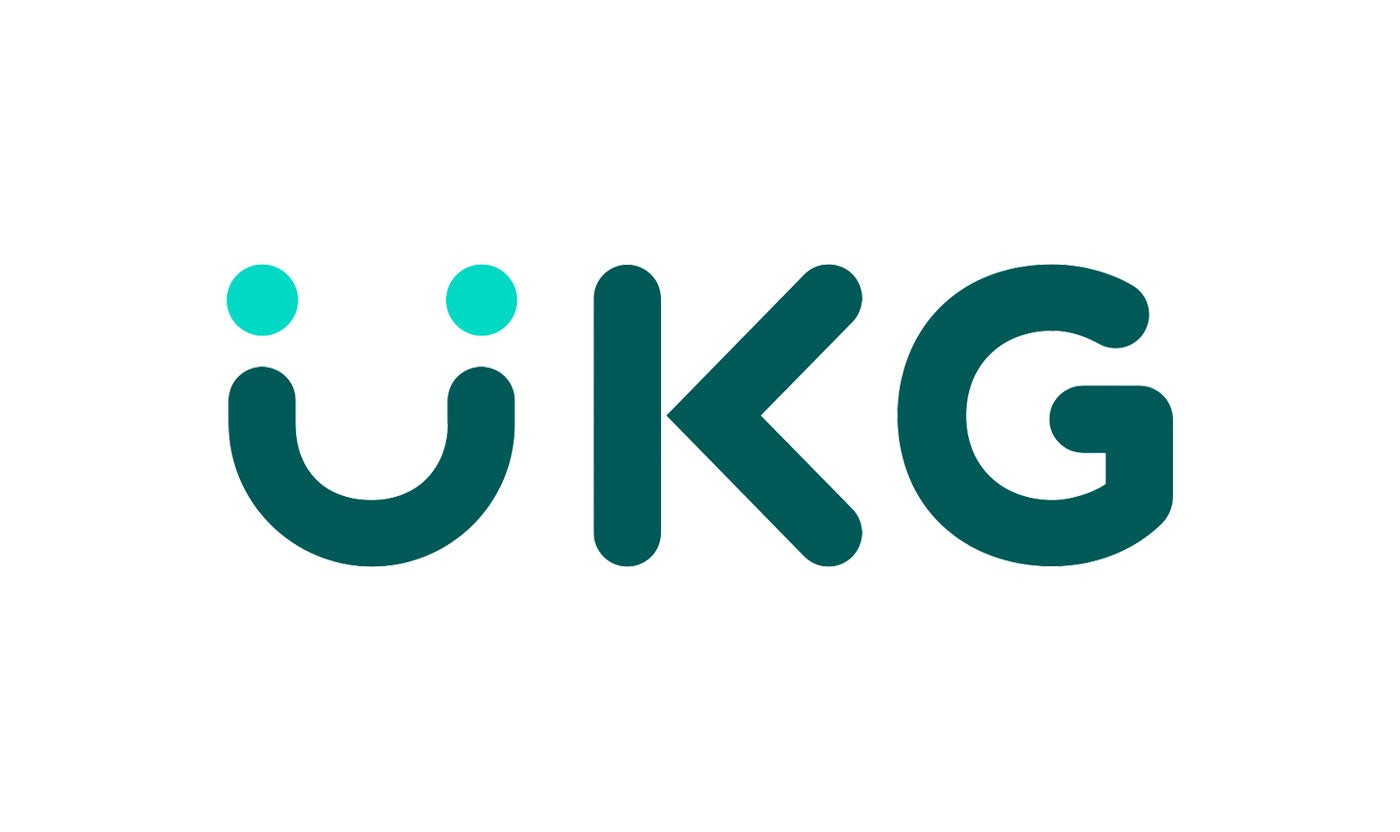
Our partnership with Ultimate Kronos Group (UKG) supports the entire talent lifecycle by bringing frictionless recruiting solutions to UKG Pro Onboarding.

As a remote worker during the COVID-19 pandemic, I’ve had my fair share of awkward video conference calls. Barking dogs, a crying kid, and the most cringe-worthy of all is being exposed in my “mom uniform.” You know, black leggings and a lot of oversized sweaters.
Mackenzie Egan, talent development trainer at iCIMS, had a different challenge. Due to the spread of COVID-19 and new CDC guidelines, she had less than a week’s notice to take our company’s award-winning onboarding program and make it remote-ready. An effective remote onboarding program assimilates new hires into the organization’s culture in a virtual environment, despite location and time zone barriers. Not an easy task.
iCIMS is not alone in this situation, of course. Many organizations are facing similar challenges, as they are forced to adapt their hiring processes as social distancing drags on: Yelp cancelled their internship program, while Uber is going virtual.
With the help of passionate and willing stakeholders, Mackenzie managed to overcome technical fears and cringe-worthy awkward silences to bring together a diverse group of now-remote new hires.
I remember my time with Mackenzie as a new hire so vividly. Her in-person sessions are welcoming and warm, putting new employees quickly at ease. My first question to her now: How do you translate that emotion and our unique company culture over a video call?
“I’m more exhausted now than if I was in front of a classroom because you want to make the session even more engaging,” Mackenzie confessed.
She and the entire team learned quickly that they could do most of their trainings remotely, whether they were self-led or instructor-led. It isn’t a one-to-one replacement when it comes to face-to-face engagement, but they feel pretty good about how fast they were able to pull it off.
But let’s rewind back to when Mackenzie first got the call that she had to quickly put together an entirely remote onboarding class.
Every new iCIMS employee is handed a 90-day boarding pass that outlines their training sessions. Mackenzie developed an addendum for new hires to easily access the Zoom meetings and offered alternative training sessions for different time zones. But, regardless of geography, “they all chose to be online together, which was really nice,” she said.
Mackenzie also pulled in the Information Security Systems team to quickly put together tech packets, including login credentials, and have them quickly shipped out to each new hire’s remote location.
Access to new hire paperwork, including electronic I-9 forms, was given through the iCIMS Preboard onboarding portal. Due to the restrictions of social distancing, the Department of Homeland Security now permits flexibility surrounding the requirement to “physically inspect” documents. The iCIMS HR team used Zoom to virtually inspect the new hire class’ paperwork. (Note: as soon as normal operations resume, employers are expected to physically inspect documents.)
Hiring managers were tasked with important to-dos through the onboarding portal, with objective setting and 90-day plans, because even (and especially) during times of social distancing, business objectives must be met. More on how to do that here.
Mackenzie also tapped hiring managers for culture-building tasks such as a shoutout on the company’s social network.
For the first few days of onboarding, Mackenzie adjusted the schedule to offer more 15-minute breaks for the group than what is the norm for a classroom setting. She noted herself that working remote means she’s not actively getting up from her computer, so she was cognizant of giving that breathing room to the new hires. In Mackenzie‘s words, she “added a bit more TLC” to the agenda.
Breakout rooms were developed for some exercises so remote new hires could speak to one another without the room hearing. During the group sessions, Mackenzie leaned on additional HR team members to help dial-in guest speakers. The only rule for all involved? They had to turn on their video for that face-to-face interaction.
Jason Epner, sales executive at iCIMS, went through sales onboarding this way and after years of working remotely he agreed with Mackenzie’s video rule.
“I’ve done more video conferencing lately than anywhere else,” said Jason. “To have the face-to-face makes it feel a little more like home.”
It is an iCIMS tradition that new hires eat lunch with their hiring manager the first day. I had to ask – did they eat lunch over video?!
“That’s a great question,” laughed Mackenzie. “With a typical onboarding schedule, managers feel that the new hires are ‘untouchable’ for the first few days. But in this situation, we actually built in a break at the end of the day for the managers to connect with their new team members.”
Managers spent the time talking to their hires about what they’re learning and what they were excited to hear more about in the sessions. (Thankfully for all they skipped eating on camera.) The onboarding portal included videos from iCIMS executives about the company’s history and core competencies.
Throughout the first week of onboarding, Mackenzie creatively transformed well-known iCIMS icebreakers into remote-ready fun.
Her favorite ones? A virtual show-and-tell and a virtual scavenger hunt. She admitted that these required a lot of upfront work and more prep than usual – but it was worth it.
With the show-and tell, many of the new hires were able to show off their personalities (one was an antiques collector) and even some of their tiniest co-workers.
“I had my chocolate lab Marley jump up!” laughed Sharon Lubrano, iCIMS’ new vice president of demand generation who was part of Mackenzie’s remote onboarding class. Sharon found that this icebreaker helped bond the new hire class in a different way, with one of the members even sharing a “good luck with your new job” note from his daughter.

Marley the chocolate lab makes a guest appearance during video onboarding with his human, Sharon Lubrano, iCIMS’ new vice president of demand generation.
But what followed the virtual show-and-tell was the real showstopper: a scavenger hunt. Typically, this is about the new employees getting the lay of the land across the four floors of the office building and out into our campus HQ at Bell Works. Find the big conference rooms, meet some new team members, and even stop by the food market. Instead, the virtual hunt was aimed at helping new hires discover essential online resources, from the internal communications portal to the tech help ticketing system. Mackenzie is going to add this exercise to the onboarding curriculum moving forward – whether they’re in the classroom or remote.
Nicole Conti, marketing analyst at iCIMS, was part of the new hire class and noted that constant communication was key.
“It was an open and engaging environment and by the end of [onboarding] I definitely felt like I had a good foundation,” said Conti.
“[The virtual environment] forces connection,” said Mackenzie. “And for our team, it has actually sparked a lot of new ideas.”
Are you at a standstill for how to best onboard your new hires? Read below for more tips from Mackenzie on how to make remote onboarding a success.
Learn how to help create an exceptional new hire experience to boost employee productivity. Download our guide, Make Onboarding Your Competitive Advantage, below.





